What Is Web Accessibility?
What Is Web Accessibility? Here's What You Need to Know
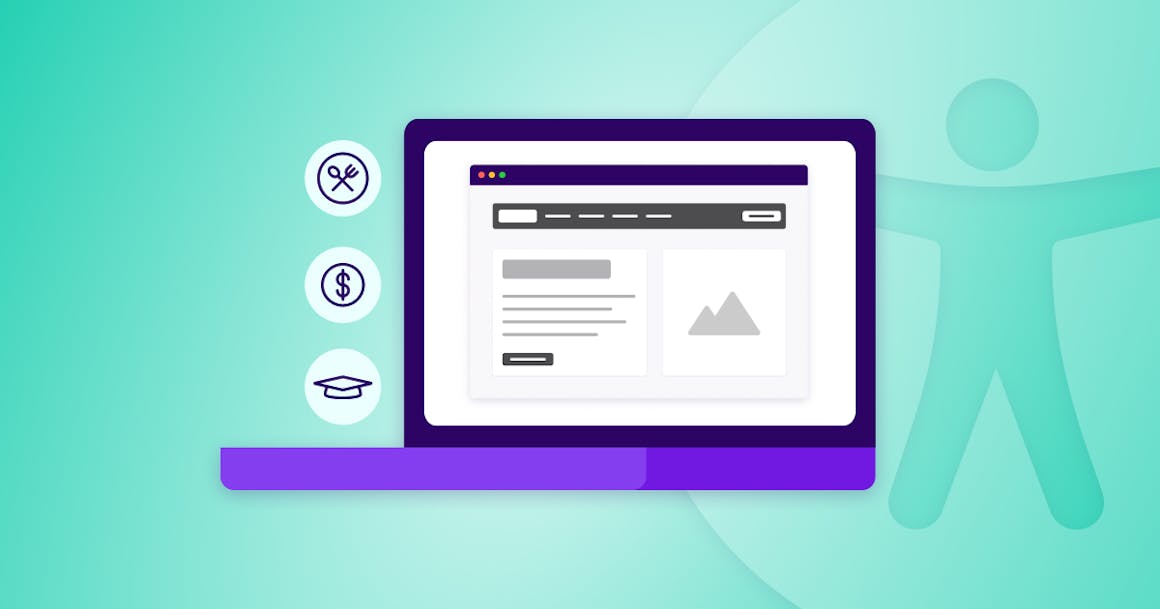

Ready to see AudioEye in action?
Watch Demo
With the focus on web accessibility growing, organizations need to ensure their digital content is accessible to all. This article discusses what web accessibility is, why it’s important, and the benefits of it.
Updated: 02/07/24
The internet is a vital part of day-to-day life. It’s used for work, recreation, and shopping, and, for most people, it’s the one resource for finding information. That’s why it’s more important than ever for everyone to have equal access to the web.
Unfortunately, certain disabilities may prevent individuals from consuming online content. To combat this, governments around the world have stressed the importance of website accessibility. When followed, the approach provides equal access to online content for all.
What is Website Accessibility?
Website accessibility is the practice of making sure that websites and web applications or tools are usable by everyone — regardless of ability. The term is typically used to refer to online functionality that’s designed for individuals with disabilities or conditions that may impact their access to the web, such as:
- Visual, auditory or cognitive impairments
- Physical limitations, including motor control difficulties
- Neurological disorders
- Speech impediments
- Learning disabilities such as dyslexia
- Age-related ability concerns
- Temporary disabilities such as broken bones and post-surgical restrictions
More simply, web accessibility is the digital equivalent of installing handrails and ramps to make a building more accessible to someone with a physical disability. Web accessibility initiatives go even further: they support the social inclusion of individuals who may be isolated due to age, geographic location, or other factors.
The practice of ensuring website accessibility through development strategies and standardized web design guarantees that all individuals can use and interact with web content in its various forms. The goal is to enable navigation and interaction with website pages and allow users to contribute to the web through interactive features. This may include forms, chat boxes, comment fields, and even the ability to create their own website content.
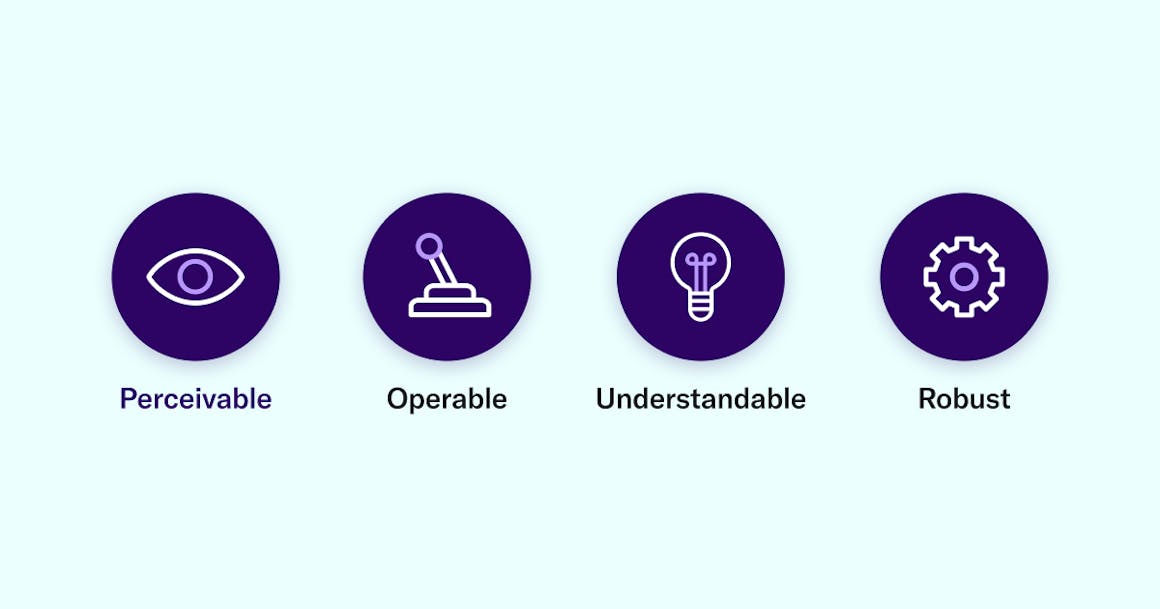
Why is Website Accessibility Important?
One of the main reasons website accessibility is so important today is due to the growing number of people with disabilities. The World Health Organization and the CDC reported that 16% of the world’s population have some sort of disability. In the U.S. alone, 26% of citizens have a disability — that’s roughly 86 million people who have some sort of disability, such as:
- Blindness
- Low vision
- Color blindness
- Learning disabilities
- Cognitive disabilities
- Deafness
- Hearing loss
- Speech disabilities
- Physical disabilities
With a huge population unable to access the web, organizations must design more accessible websites, mobile applications, and documents. Enhancing the accessibility of digital offerings enables businesses to better serve the disabled community which has nearly $500 billion in disposable income. Tapping into this market may help organizations increase their earnings, expand their customer base, and strengthen their brand reputation.
In addition to being the right thing to do, website accessibility is also a legal requirement. Accessibility standards such as the Web Content Accessibility Guidelines (WCAG), Americans with Disabilities Act (ADA), the European Accessibility Act (EAA), and the Accessibility for Ontarians with Disabilities Act (AODA) all require digital content to be accessible. Failure to follow accessibility requirements can result in legal action that is time-consuming, expensive, and damaging to your reputation.
Ultimately, an accessible design is an inclusive design — it ensures that everyone has the ability to access information and share ideas online.
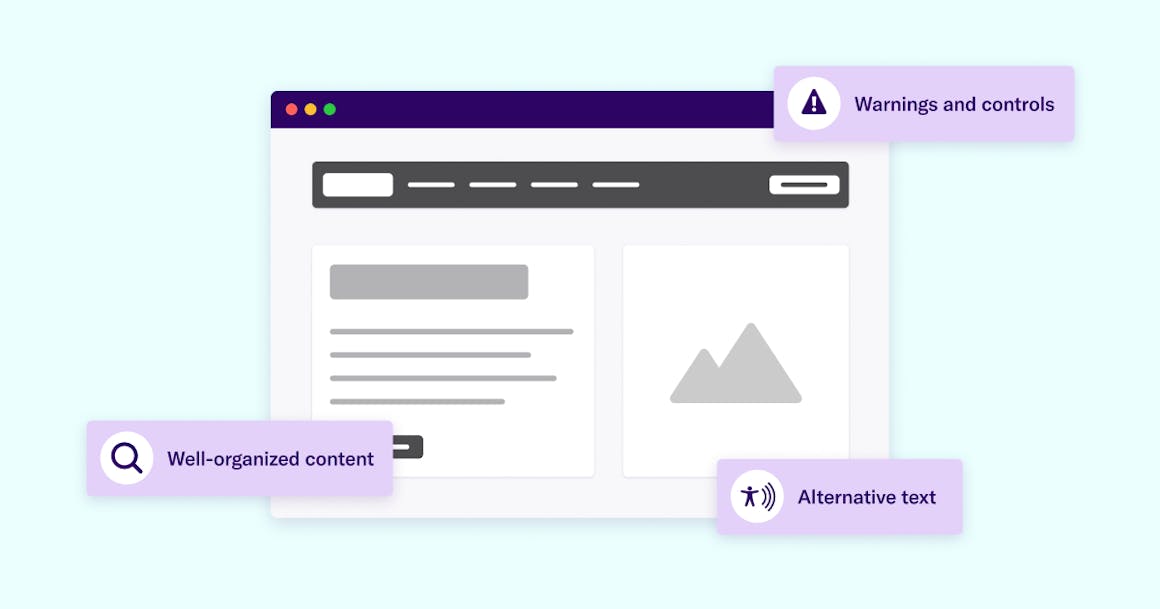
What are the Principles of Web Accessibility?
To make a website or mobile application accessible, there are some accessibility best practices you should follow. These recommendations are based on the four WCAG principles which state that content must be perceivable, operable, understandable, and robust (POUR). Keeping these concepts in mind can help guide you towards developing an ADA-compliant website or mobile application.
We’ll discuss these four principles in more detail below.
Perceivable
Content on a website must be perceivable, meaning the information and user interface components must be presented in a way that all users can comprehend. Nothing should be “invisible” to any of their senses. For example, text alternatives must be provided for any non-text content, and content must be made easier for users to see and hear.
Operable
The operable component of web accessibility requires that the interface of a website must omit any user interactions that a user cannot perform. More simply, web browsers should have good usability for all users. Some examples include making all functionality on a keyboard accessible and providing enough time for users to read and use content.
Understandable
Users must be able to understand the information and operations of the user interface on a website. This can be done by making text content clear and readable, web pages more intuitive to navigate, or helping users avoid and correct mistakes with clear navigation, labels, and instructions.
Robust
Content must be robust enough that it can remain accessible, even as technologies and user-agents evolve. Websites should be compatible with current and future user-agents, such as browsers and assistive technologies like readers.
How is Website Accessibility Enforced?
All organizations, regardless of their industry, have a legal responsibility to comply with web accessibility standards as well as provide an accessible website. However, there are some difficulties around enforcing accessibility laws. For example, some laws such as the ADA, do not have actual technical specifications to define what accessible online spaces mean. Additionally, most organizations have numerous accessibility problems on their site; however, most governments lack the time and resources to file legal action against hundreds of thousands of businesses every year.
Even so, organizations must comply with accessibility laws and regulations, including:
- Americans with Disabilities Act: The ADA prohibits discrimination against individuals with disabilities in all areas of public life, including online spaces as specified by the DOJ. The ADA does not have technical standards for accessibility as we mentioned above. For websites to be considered ADA-compliant, they must follow the recommendations outlined in the latest version of WCAG. ADA compliance testing can help with this.
- WCAG: WCAG was created by the World Wide Web Consortium (W3C) as part of their Web Accessibility Initiative (WAI). It is considered to be the global standard for website accessibility. WCAG is divided into three levels of conformance (Level A, Level AA, and Level AAA). Organizations who conform with WCAG 2.2 Level AA are considered to be accessible. This also means that websites are compliant with ADA guidelines and Section 508 of the Rehabilitation Act.
- Section 508: Section 508 is an amendment to the Rehabilitation Act of 1973 and requires federal agencies and their contractors to make information technology (IT) accessible to people with disabilities. What makes Section 508 different from other guidelines is that it does include technical standards organizations must follow to be considered compliant.
- California and Unruh Web Accessibility: The California Civil Code §51, more commonly known as the Unruh Civil Rights Act, states that “all persons within the jurisdiction of the [State of California] are entitled to full and equal accommodations in all business establishments regardless of their sex, race, color, religion, ancestry, national origin, disability, medical condition, genetic information, marital status, or sexual orientation.” The act was updated in 1992 to include people with disabilities to those entitled to full and equal accommodation. The act also adopted the standards set by the ADA, meaning failure to comply with the ADA also means failure to comply with Unruh.
- ARIA: ARIA stands for Accessible Rich Internet Applications and is a set of roles and attributes that can be added to HTML code to make it more accessible. They’re most commonly used to describe certain components of the user interface that don’t have semantic tags in HTML, including menus or progress bars.
- AODA: The Accessibility for Ontarians with Disabilities Act is a non-discrimination law that applies to both government agencies and private organizations within Ontario. According to the AODA, businesses that have more than 49 employees must comply with Level AA standards of WCAG 2.0 or newer.
- EAA: The European Accessibility Act (EAA) requires that every day digital products, including smartphones, mobile applications, ATMs, and self-service terminals, be accessible to individuals with disabilities. The EAA applies to any digital product or service sold or used within Member States with organizations having until July 2025 to meet the accessibility standards included in WCAG 2.1 Level AA.
Failure to comply with the laws and regulations mentioned above can result in a lawsuit or legal demand letter. To avoid this, it’s critical to create an accessible, inclusive website from the beginning.
To learn what to do when facing an accessibility lawsuit, check out our post “How to Navigate ADA Compliance and Website Accessibility Lawsuits”.
Ways to Achieve Web Accessibility
The goal of web accessibility is to reduce — or even eliminate — the barriers that make it difficult or impossible for individuals with disabilities to use digital content. That’s typically accomplished by modifying web content and behind-the-scenes coding to account for users with special needs. This may include, for example, adapting your site to accommodate assistive technologies (such as screen readers or magnifiers) that individuals rely on to complete daily tasks.
There are various ways in which you can achieve web accessibility. Either implemented alone or in combination, the tools listed below are just a small fraction of what can enhance your site’s accessibility.
Alternative Text
Graphics or images can become more accessible by incorporating alternative text. Also known as alt text, it describes the appearance or website image for a user who is unable to see it. This text can also be used in conjunction with text-to-speech technology to help website visitors who have visual impairments better understand the contents of a page.
Keyboard Input
Keyboard input functionality lets users navigate and interact with a website exclusively through their keyboard instead of requiring the use of a mouse. Consequently, keyboard input accommodations allow for the use of assistive technologies that simulate keystrokes. This includes speech input, touchscreen PDAs, and handwriting interpreters, which can make websites more accessible for users who experience difficulties with fine motor control.
Closed Captioning
Closed captioning is the process of displaying text in conjunction with a running video. It typically includes all spoken words and sounds or background noises that are relevant to the context, and it’s synchronous with what is happening on screen. It’s beneficial (sometimes indispensable) to users who are deaf or hard-of-hearing, and also makes videos accessible in conditions where audio is difficult to hear or understand.
Subtitling
Similar to closed captioning, subtitling also requires onscreen text that correlates to words and sounds in a video; however, subtitling includes translations into a language of choice. This provides accessibility for individuals who may not speak or be fluent in a particular language.
Transcript Availability
Offering text transcripts for audio elements can improve a website's accessibility for users who are deaf or hearing impaired.
Time Limit Adjustments
To make sites more accessible for users with cognitive impairments, neurological disorders, or physical limitations, this functionality extends or eliminates time limits on websites. It may suppress interruptions due to time-outs or permit reauthentication at the end of a session without the loss of data. Blinking or scrolling text may also be frozen.
Warnings and Controls
Multimedia content that flashes in certain patterns or at specific rates may cause seizures or other photosensitive reactions in certain individuals. Warnings can also alert users to potentially problematic content prior to presenting it. Sites may also provide functionality that lets users switch off any animations or flashing content prior to exposure.
Suitable Color Contrasts
Color contrast, which is the difference between two elements, can influence how well a user reads and navigates a website. Individuals with visual impairments such as low vision, cataracts, or color blindness, color contrast can be the difference between an accessible and inaccessible site. According to WCAG, images should have a minimum color contrast of 4.5:1; a color contrast checker can help with this.
Well-Organized Content
One of the most important aspects of accessible pages is the provision of well-organized content that’s easy to navigate, which is typically defined by the following:
- Pages with clear titles and descriptive headers
- Large buttons in intuitive locations
- Easy-to-understand links
- Consistent labels
- The primary language is identified
- A predictable user interface that is consistent from page to page
- Readable text that's aimed at a broad audience
- Available help
As assistive technologies advance and designers and developers learn more about the changing needs of users, website accessibility will continue to evolve. This will bring with it the introduction of tools and techniques to enhance accessibility.
Who Else Benefits from Web Accessibility?
First and foremost, web accessibility is meant to ensure vital digital access for individuals with disabilities. However, other people may also benefit from the tools and techniques employed in accessible design. Creating an accessible web experience can benefit people who have situational limitations, such as those who work or browse in high-noise environments that prevent them from accurately hearing audio settings or where lighting conditions hinder screen viewing.
Web accessibility features may make web navigation easier for people using mobile devices with small screens, including cell phones and smart watches, as well as for individuals who are using technology with alternate input modes, including smart TVs or video game interfaces. People who are accessing the web over a slow internet connection or who have limited bandwidth may also benefit from accessibility techniques.
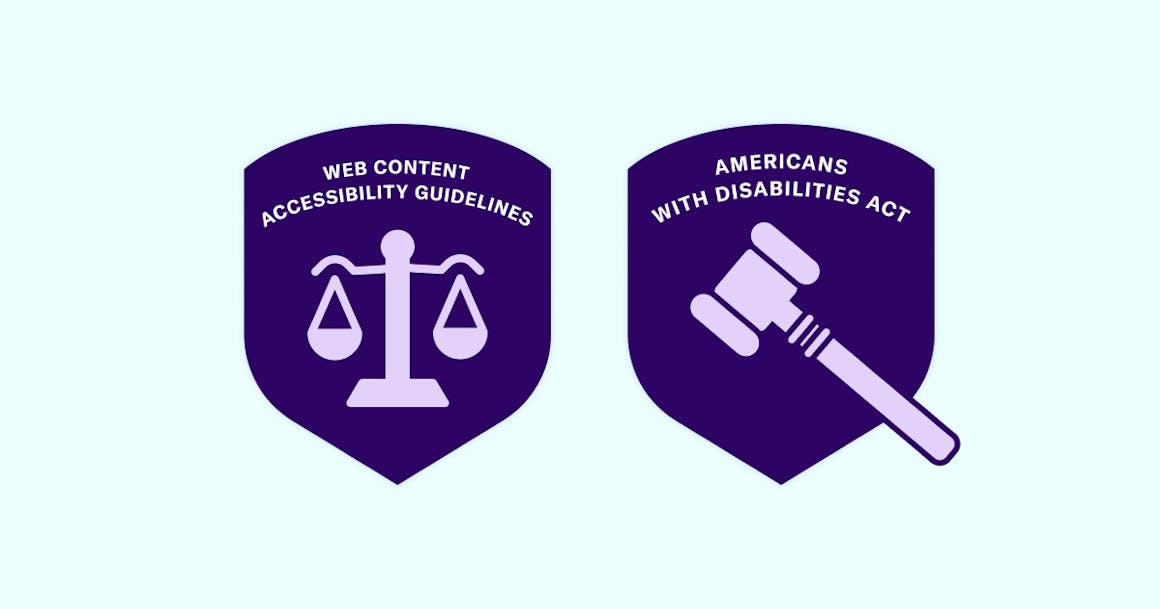
Website Accessibility Tools
Website accessibility tools and platforms are designed to test and fix common accessibility errors, such as poor color contrast, empty form labels, or missing alt text. By using these tools, you can easily do accessibility testing which may help you create a proactive plan to fix identified errors. However, depending on the number of errors on your site, you may need to use additional accessibility tools. This is where a website accessibility platform comes in.
For example, AudioEye’s accessibility platform combines both expert human testing and powerful automation to find and fix more accessibility issues. The platform also features accessibility tools such as a color contrast checker, Expert Audits, and Active Monitoring to help you improve your site’s accessibility and maintain it moving forward. Regardless of how many accessibility errors on your site, AudioEye can resolve them with ease.
Why You Should Consider Website Accessibility
In the United States, many organizations are legally required to provide accessible websites to comply with the ADA, WCAG, and other accessibility laws. Regardless of the legal concerns, web accessibility should be a goal to strive for when designing and developing websites. Making a site accessible benefits individuals, businesses, and society as a whole by providing access to all users.
AudioEye can help your company drive business by enabling equal access to content and enhancing the user experience for all your visitors. Contact an AudioEye professional today to learn more about our hybrid web accessibility solutions and how we can put them to work for you.
Frequently asked questions
Ready to see AudioEye in action?
Watch Demo
Ready to test your website for accessibility?
Share post
Topics:
Keep Reading
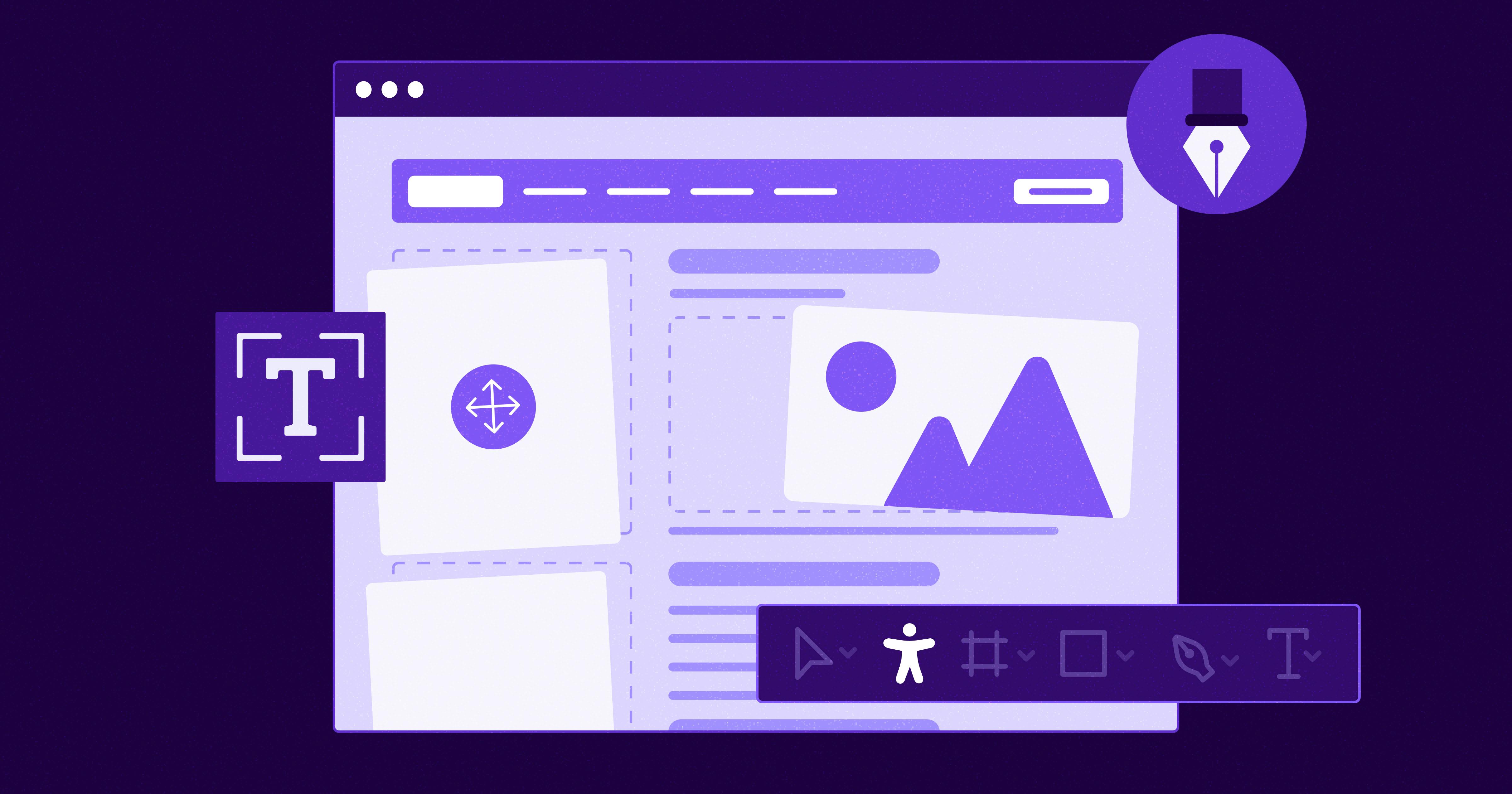
7 Websites That Got Accessibility Right (and What You Can Learn)
Looking to create an accessible website? See how seven companies utilized accessibility best practices to create a seamless user experience that works for all.
accessibility
April 11, 2025
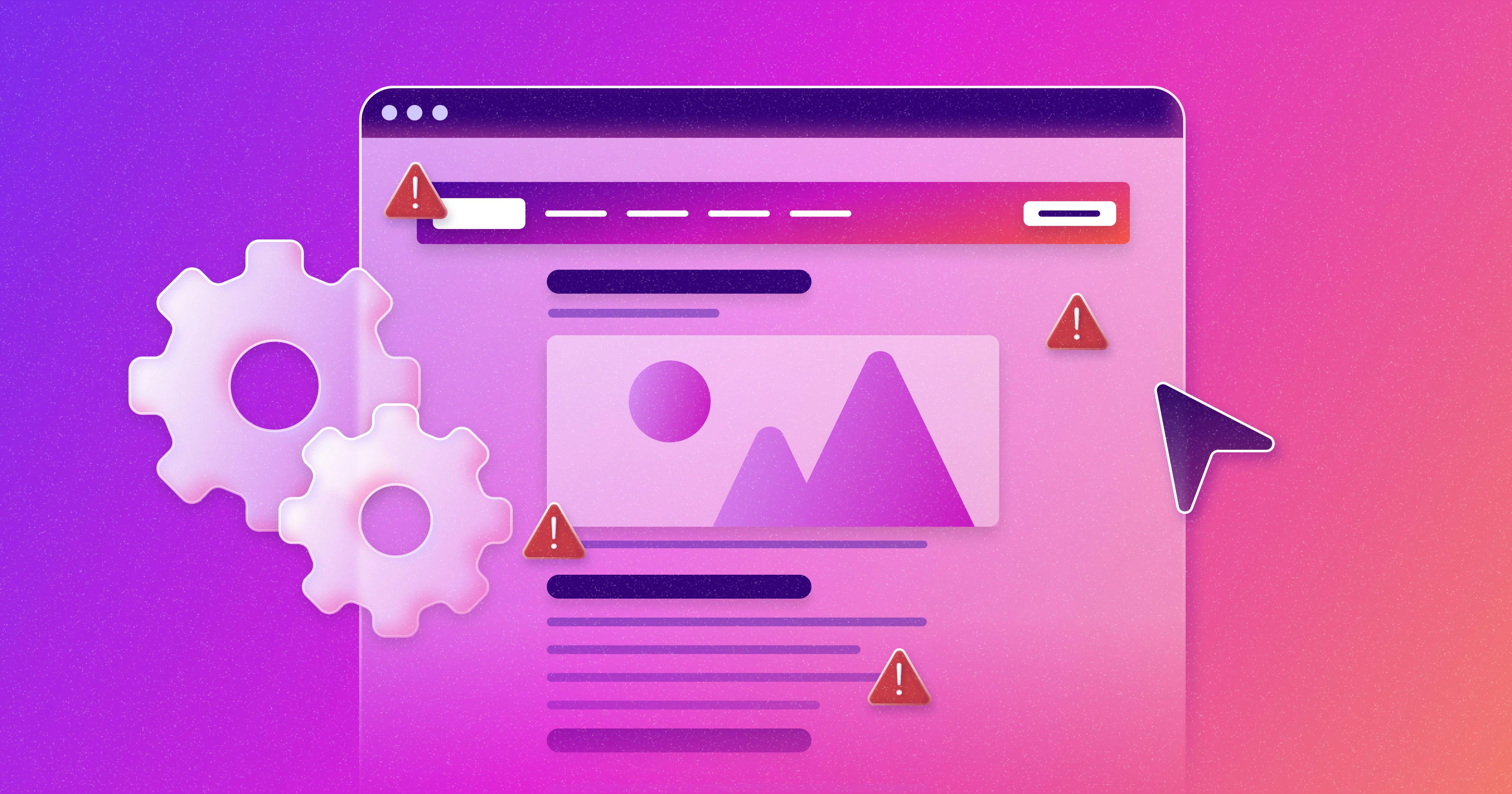
Why People + Automation Is the Right Approach to Accessibility Testing
Discover how using both automated and manual accessibility testing is the perfect approach to creating accessible, compliant digital content.
accessibility
April 08, 2025
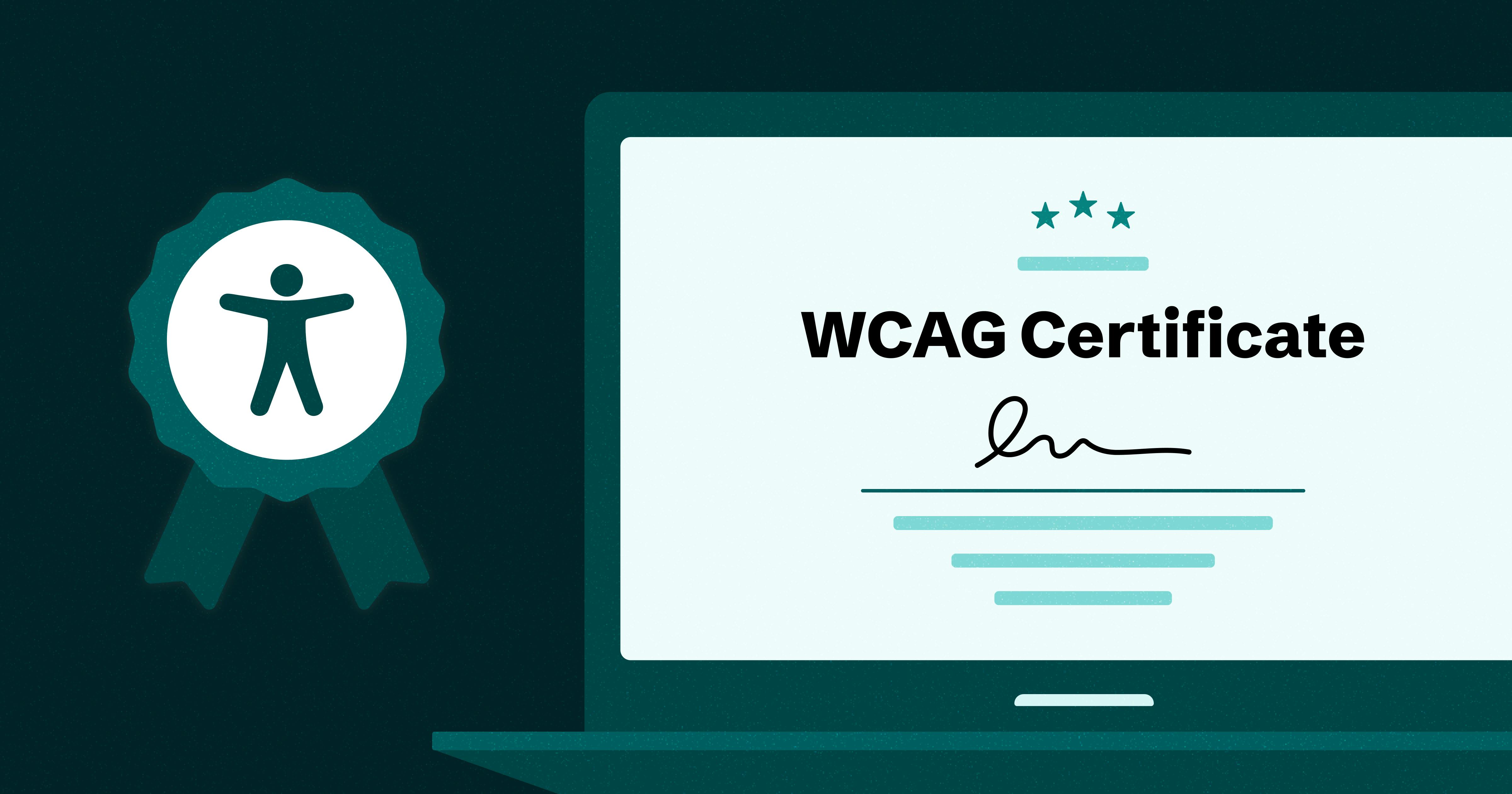
Is WCAG Certification Possible? 6 Things You Need to Know
While WCAG standards don’t offer official certification, there are training programs and professional credentials that can boost your accessibility expertise. Learn more.
accessibility
April 03, 2025
